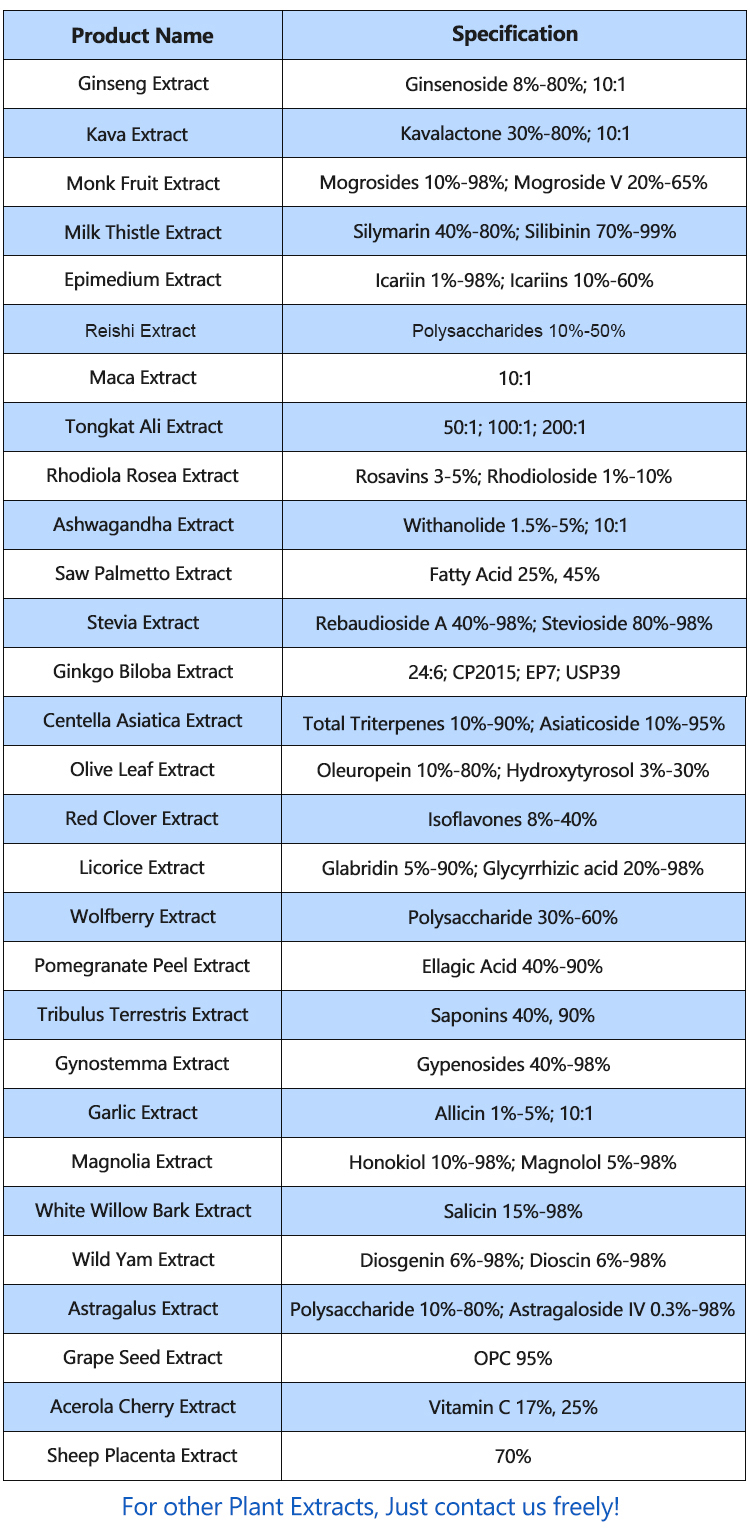Fisetin is a flavonoid, a type of plant compound with antioxidant and anti-inflammatory properties. Its basic chemical structure consists of:
- Phenolic Rings: Fisetin contains two benzene rings (aromatic rings with alternating double bonds) that are typical of flavonoids, contributing to its antioxidant activity.
- Hydroxyl Groups (-OH): These are functional groups attached to the benzene rings. Fisetin has hydroxyl groups at various positions, notably at positions 3, 5, and 7, which enhance its antioxidant properties.
- Carbonyl Group (C=O): Fisetin has a carbonyl group attached at the C4 position of its backbone, part of the structural feature typical of flavonoids.
- C=C Double Bond: A conjugated double bond between C2 and C3 in the flavonoid structure, which is part of the characteristic structure that helps with its bioactivity.
The overall molecular formula for Fisetin is C15H10O6, and it has a molecular weight of around 286.24 g/mol. It is commonly found in various fruits and vegetables, including strawberries, apples, grapes, and onions.

Pharmacological action of Fisetin
Fisetin is a flavonoid found in various fruits and vegetables, including strawberries, apples, and grapes. It has been studied for its potential pharmacological actions, which include:
- Antioxidant Activity: Fisetin exhibits strong antioxidant properties, helping to scavenge free radicals and reduce oxidative stress, which plays a role in aging and various diseases.
- Anti-inflammatory Effects: Fisetin can modulate inflammatory pathways, reducing the expression of pro-inflammatory cytokines and mediators, thus potentially benefiting conditions such as arthritis and other inflammatory diseases.
- Neuroprotective Effects: Research suggests that fisetin may have neuroprotective properties, protecting brain cells from damage caused by oxidative stress. It has shown promise in supporting cognitive function, and there is evidence that fisetin might help in conditions like Alzheimer’s and Parkinson’s disease by reducing neuronal damage and improving memory.
- Anticancer Properties: Fisetin has been shown to inhibit the growth of various cancer cell lines by inducing apoptosis (programmed cell death), suppressing cell proliferation, and disrupting the cancer cell cycle. It may also enhance the effects of other anticancer drugs.
- Antidiabetic Effects: Some studies suggest that fisetin can help in managing diabetes by improving insulin sensitivity, reducing blood glucose levels, and enhancing the function of insulin-producing cells.

- Cardiovascular Protection: Fisetin may help in protecting the heart by improving endothelial function, reducing blood pressure, and lowering cholesterol levels. These actions contribute to better overall cardiovascular health.
- Antibacterial and Antiviral Activity: Fisetin has demonstrated mild antibacterial and antiviral properties in laboratory settings, though more research is needed to confirm its effectiveness in clinical applications.
- Anti-aging Effects: Fisetin is considered to have anti-aging potential, possibly by reducing oxidative stress, modulating inflammation, and protecting cellular function.
Although fisetin shows significant promise in these areas, much of the research is still in preclinical or early clinical stages, and more studies are required to fully understand its potential therapeutic applications and safety profile.
